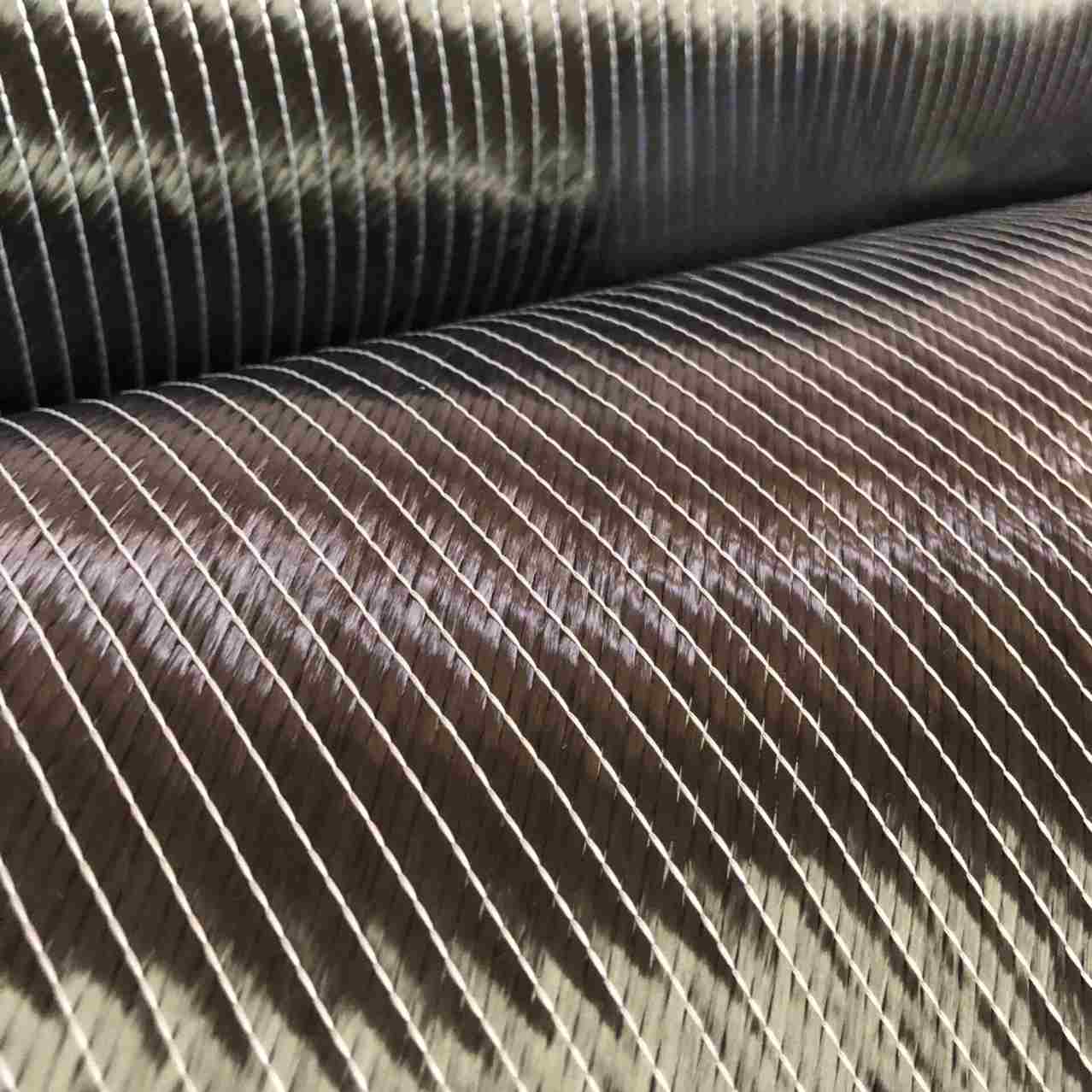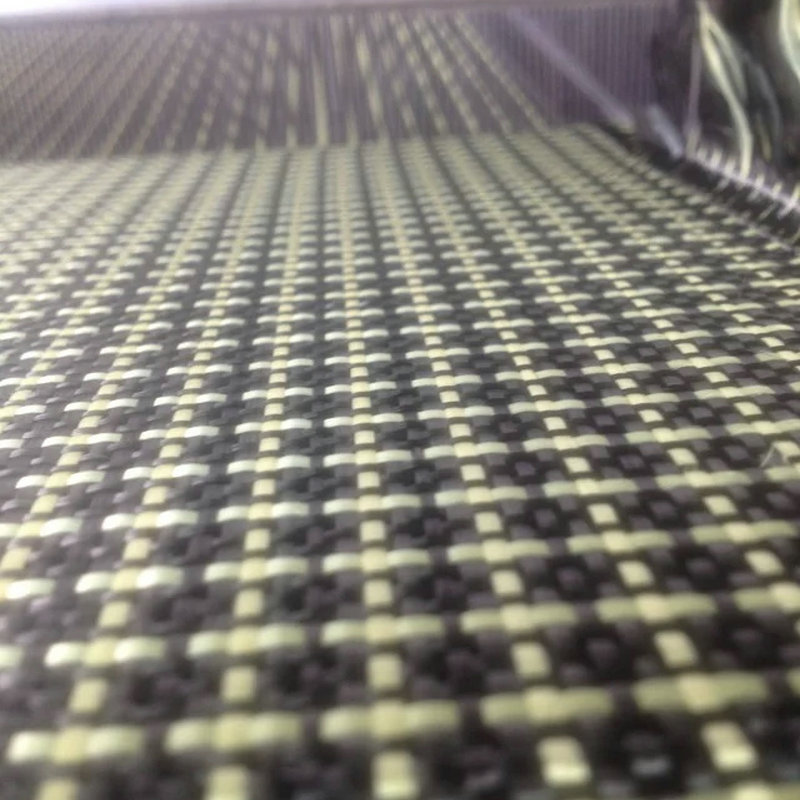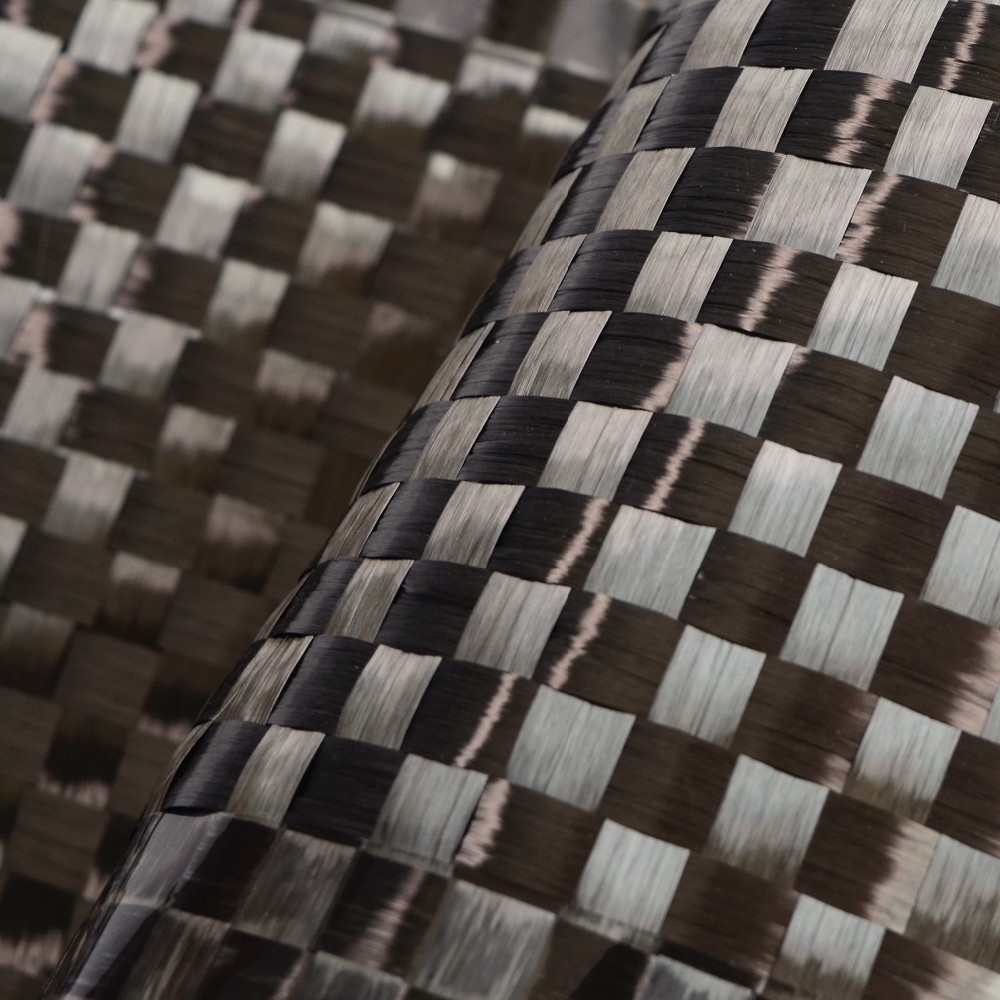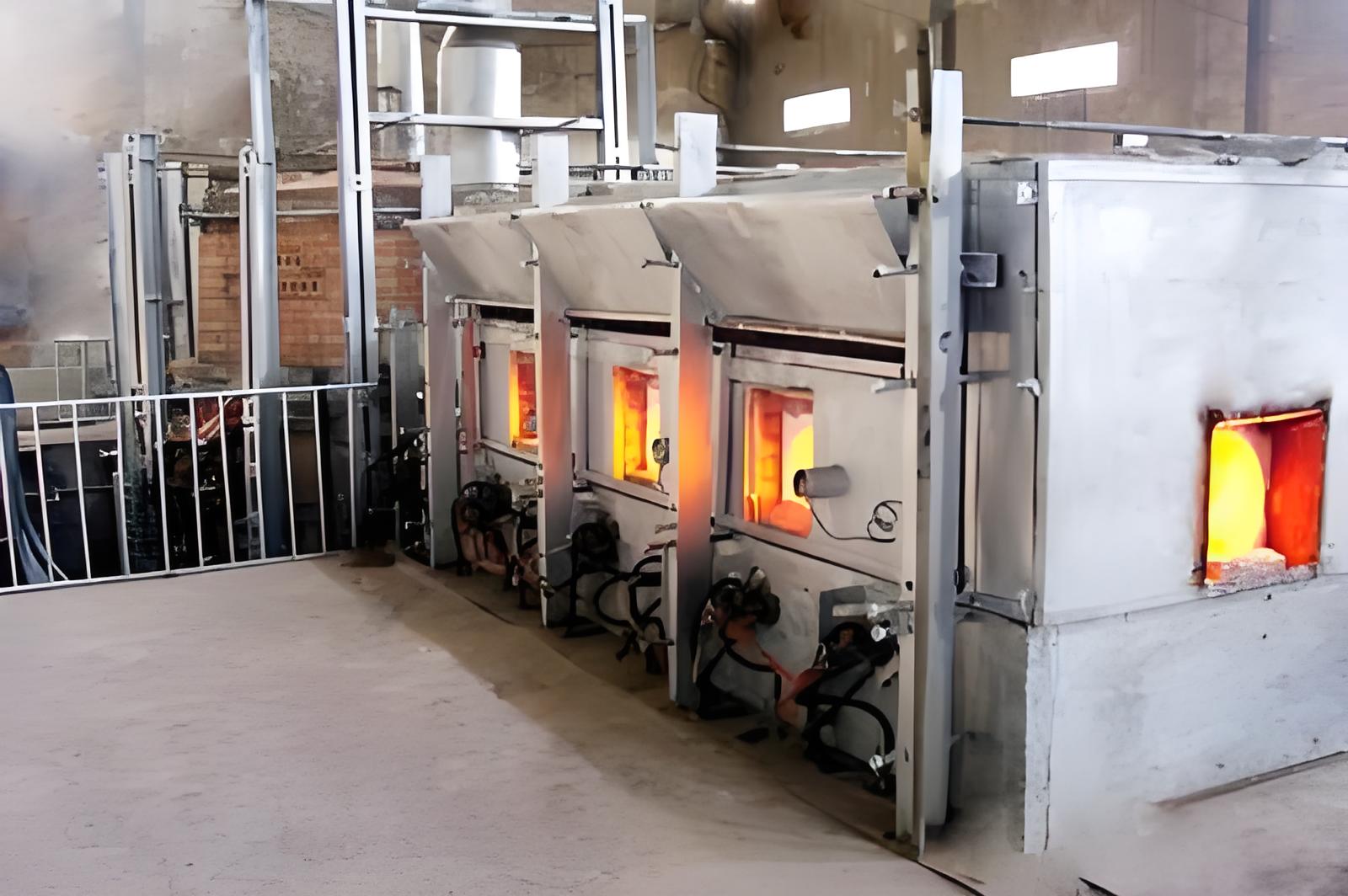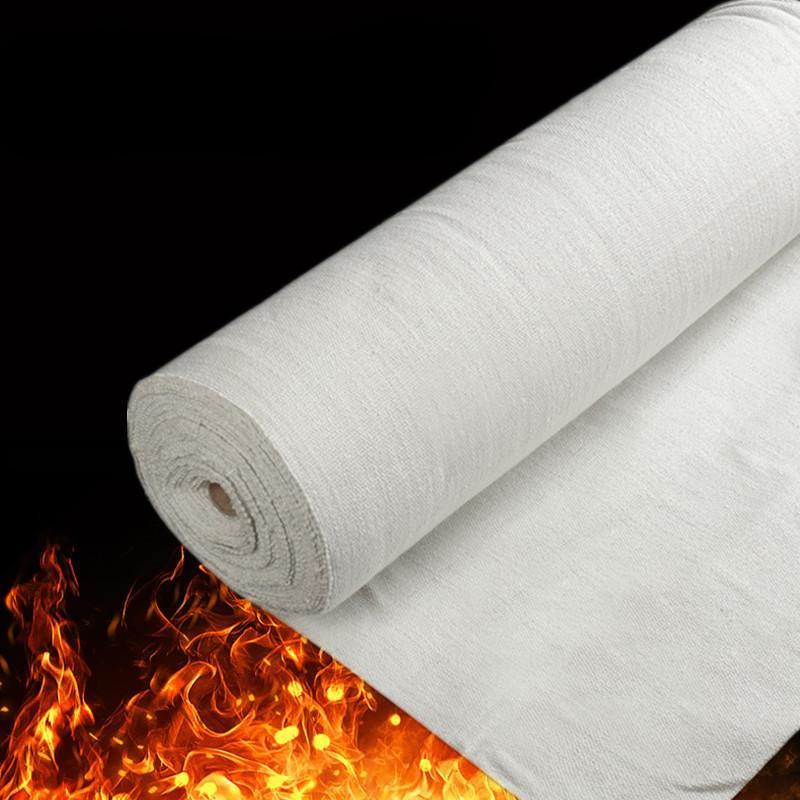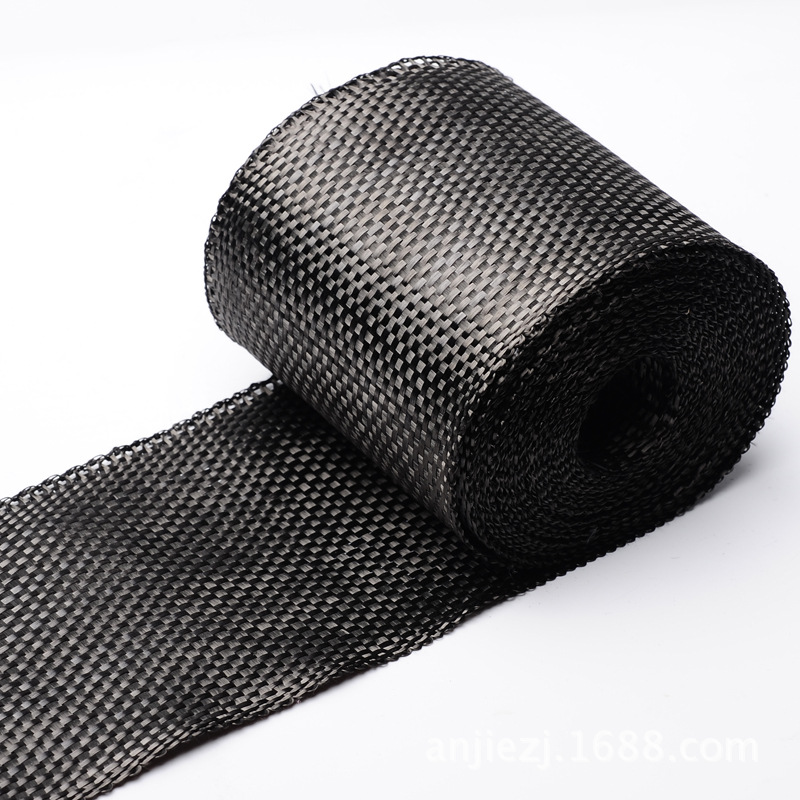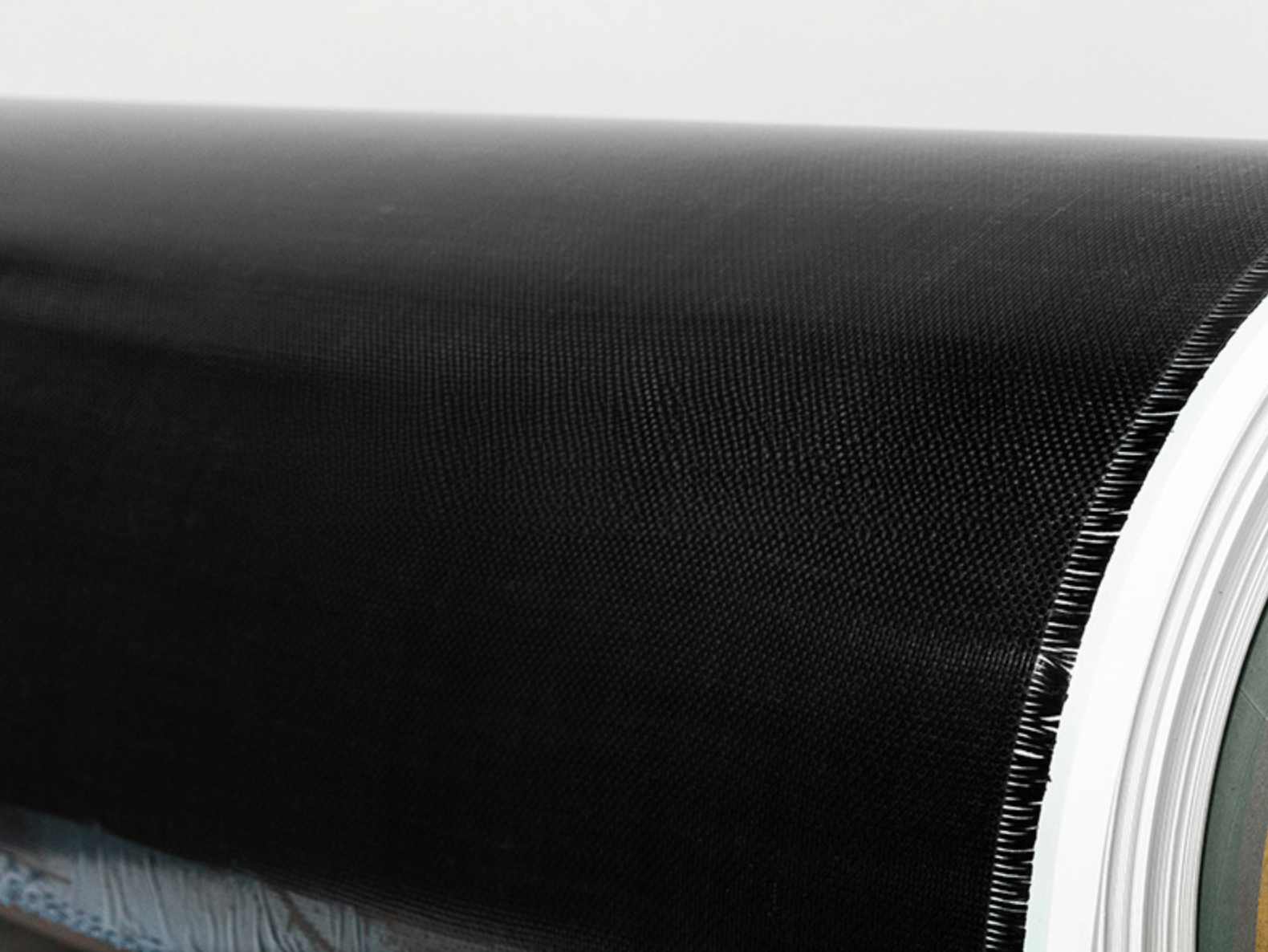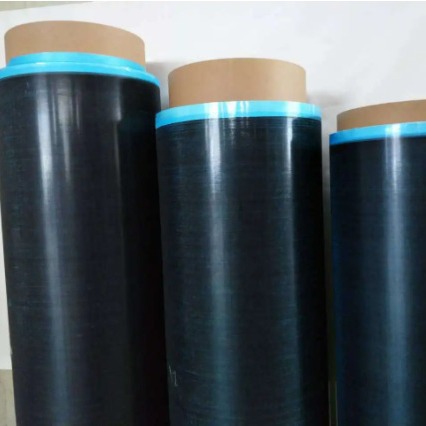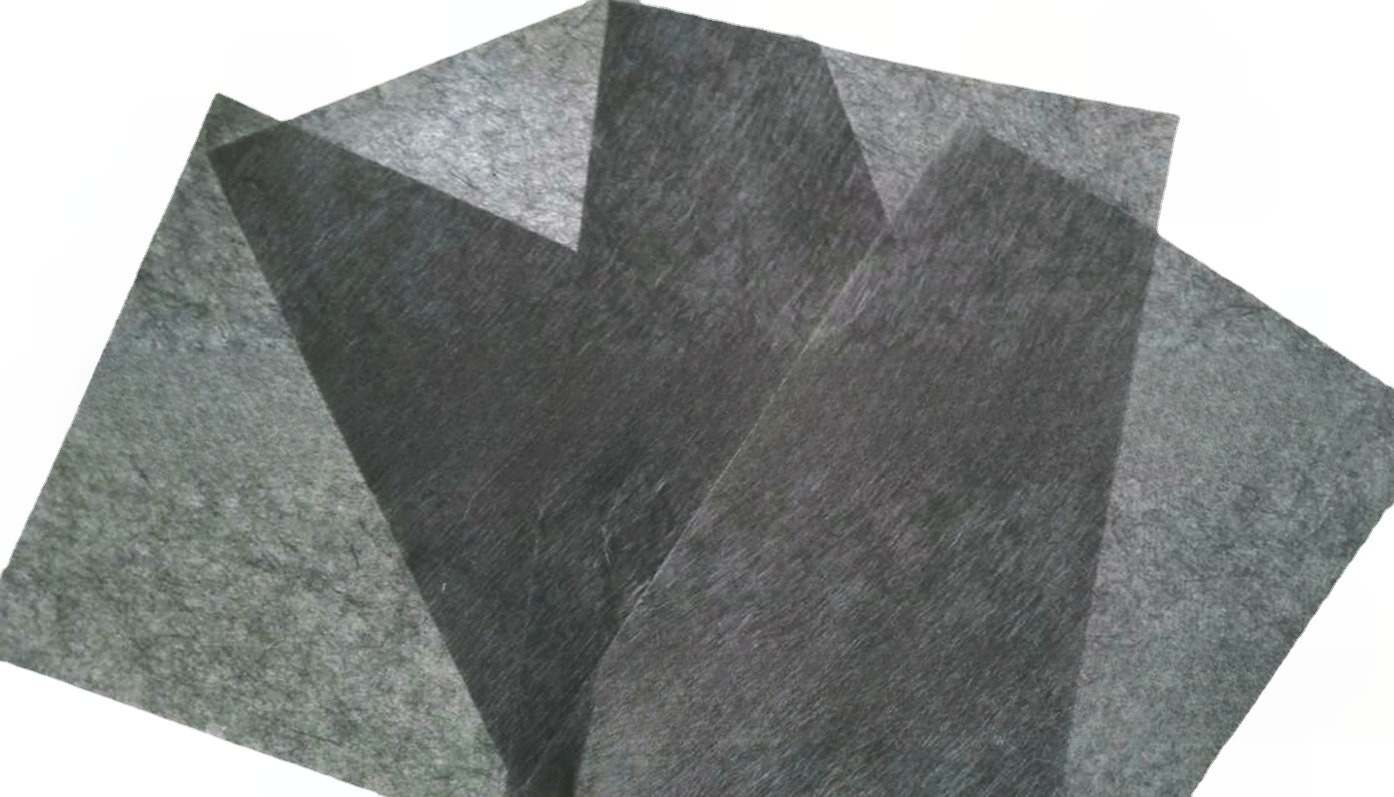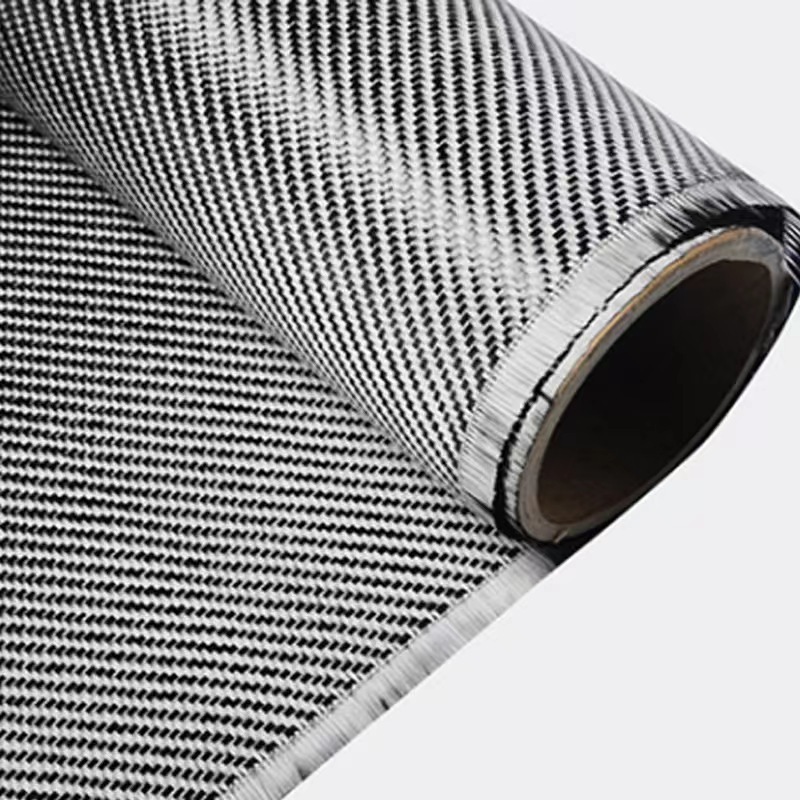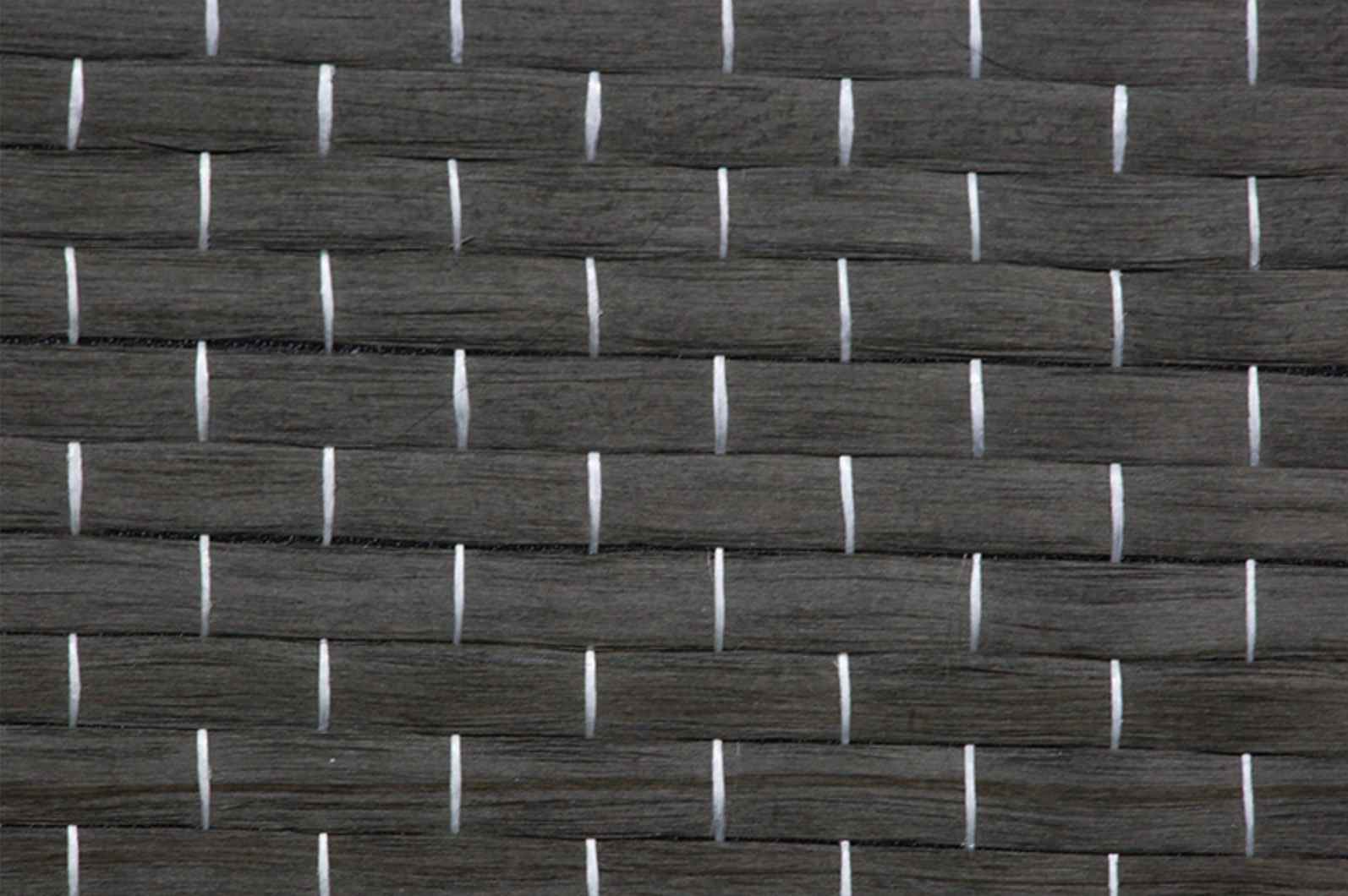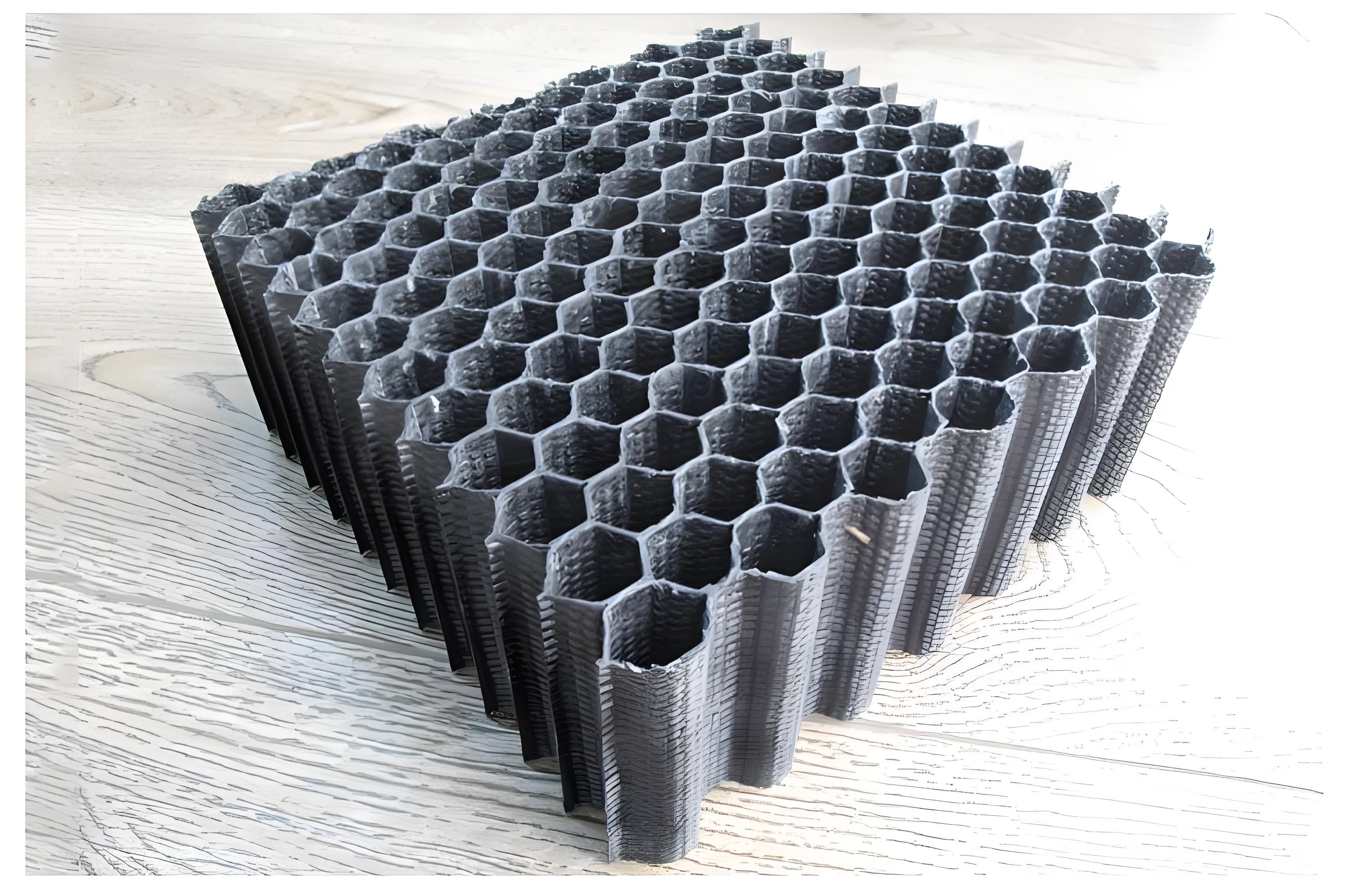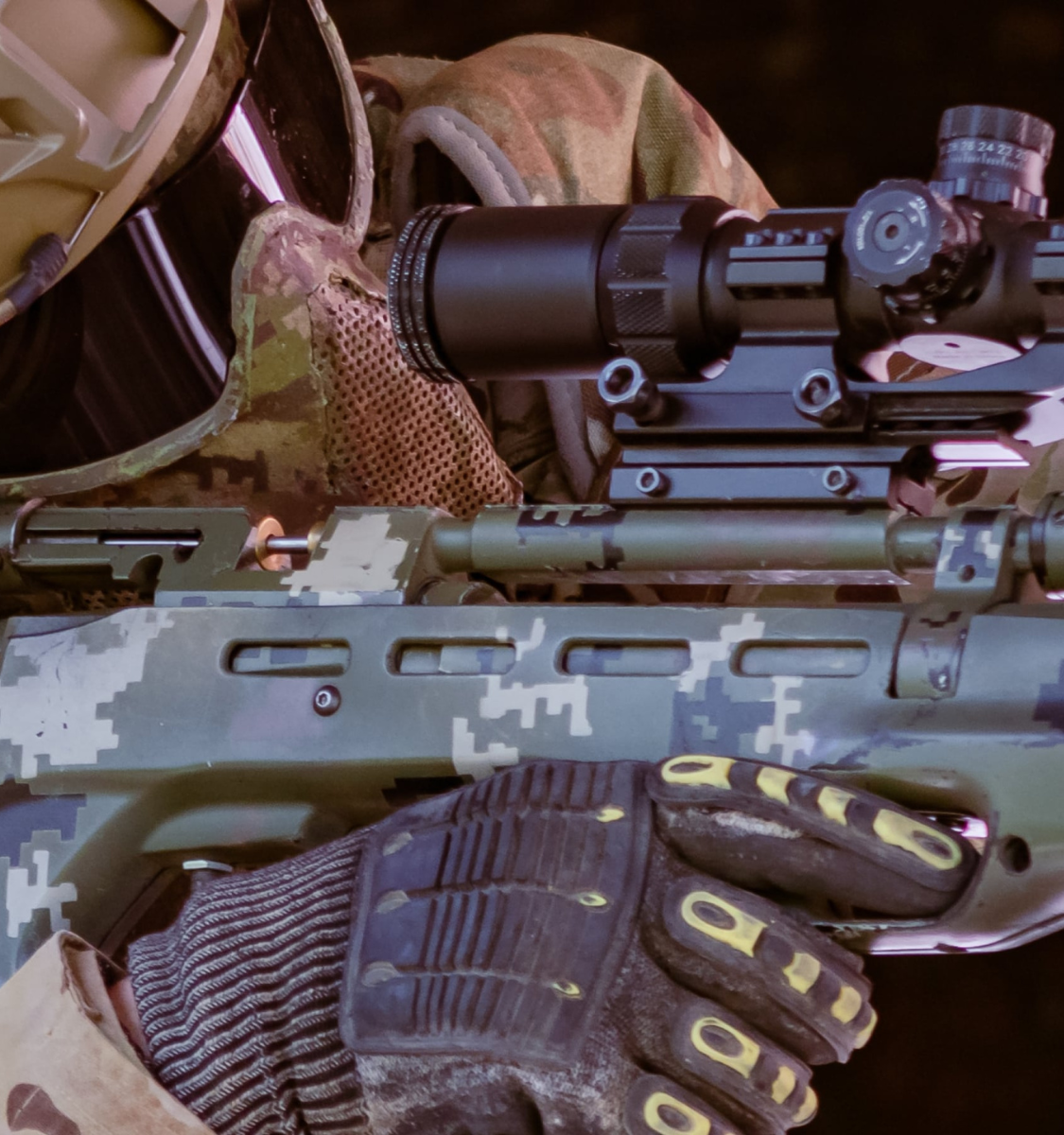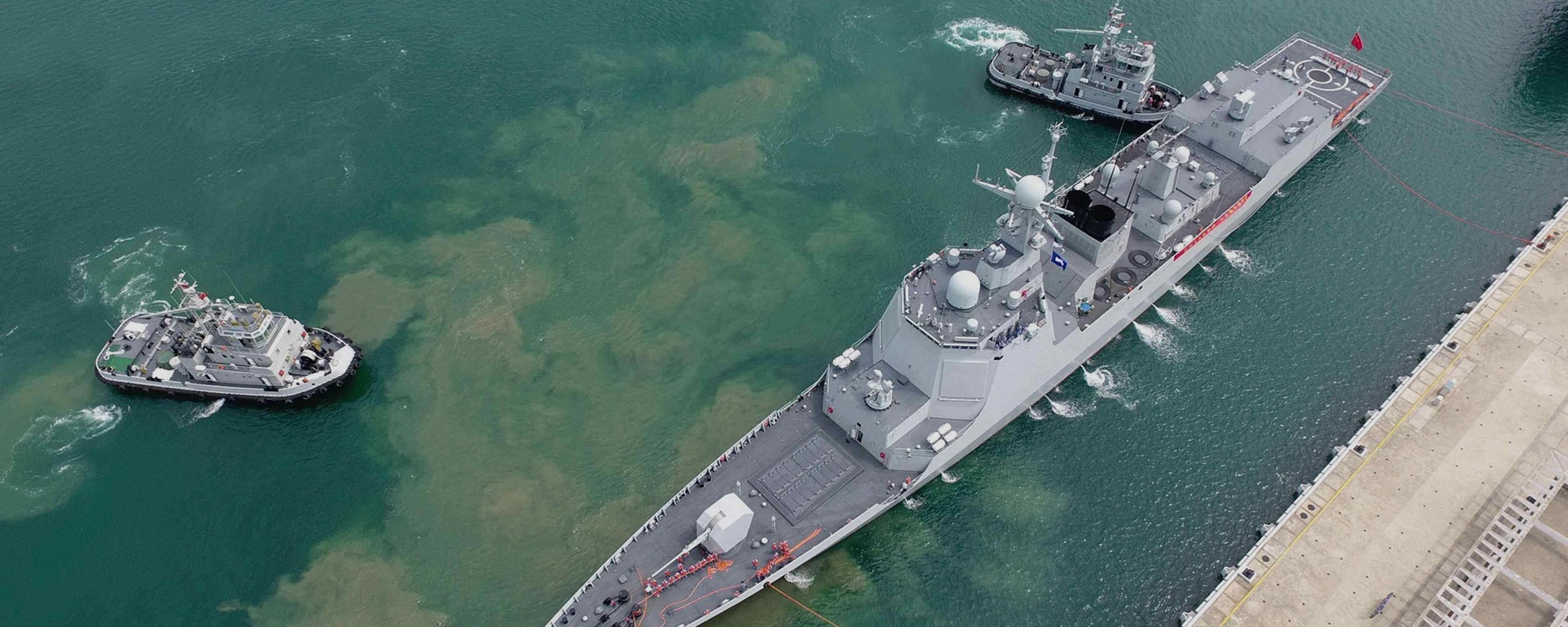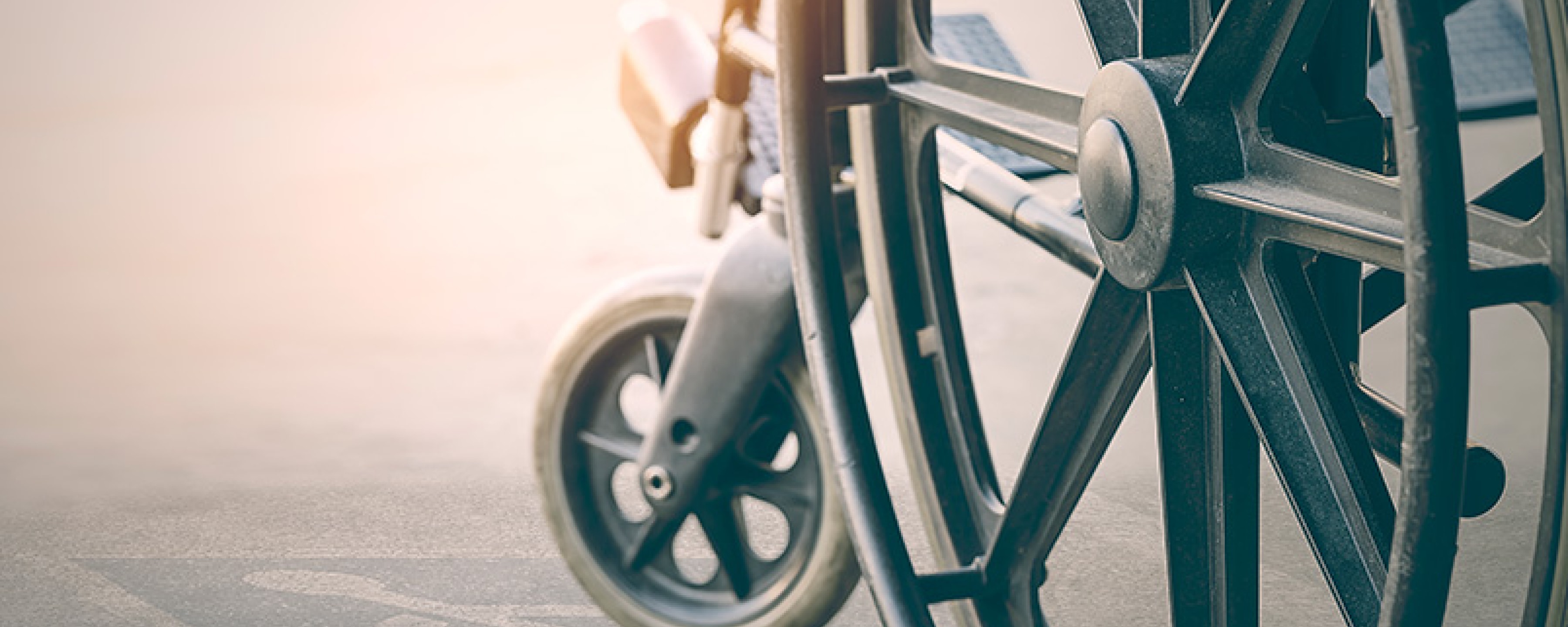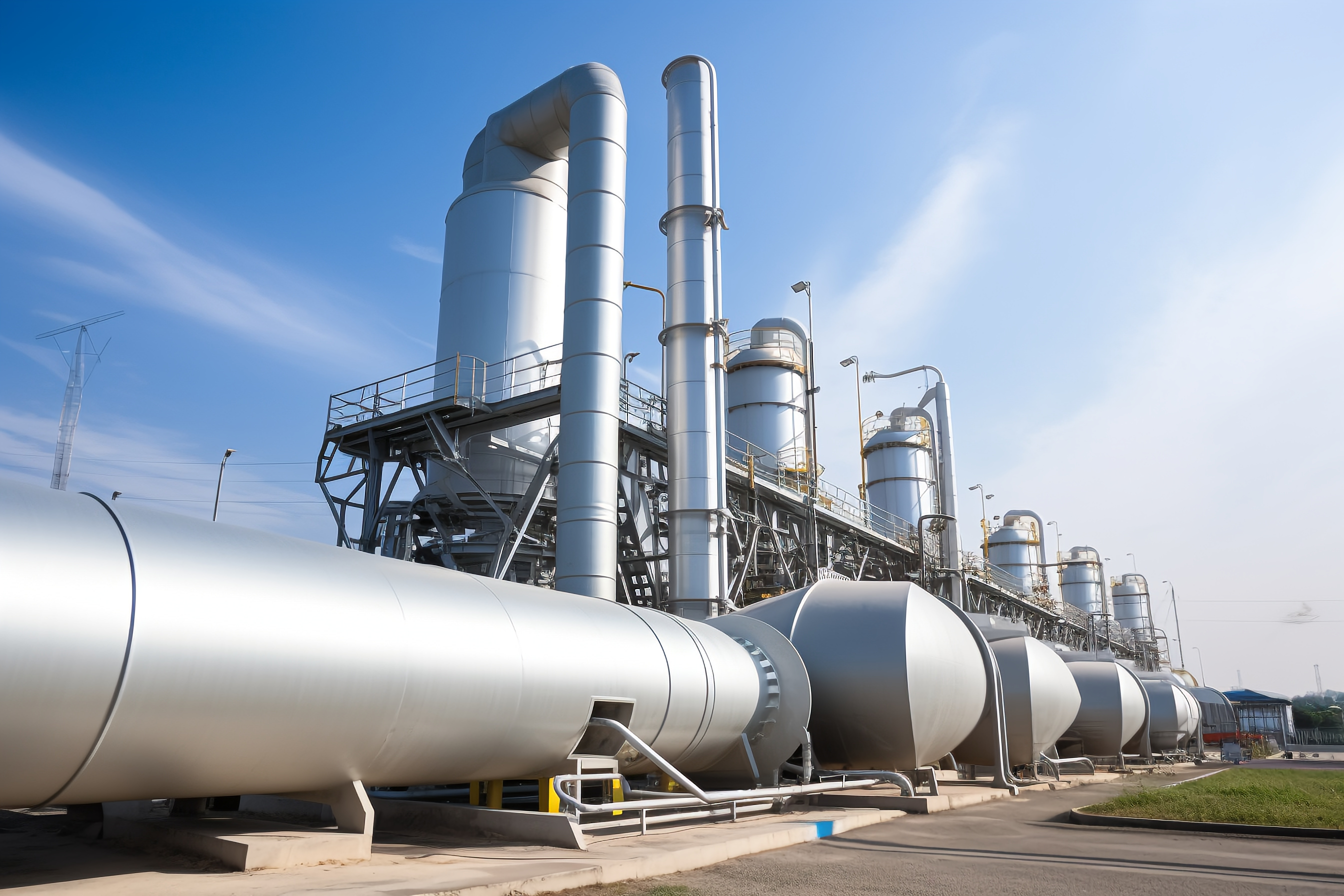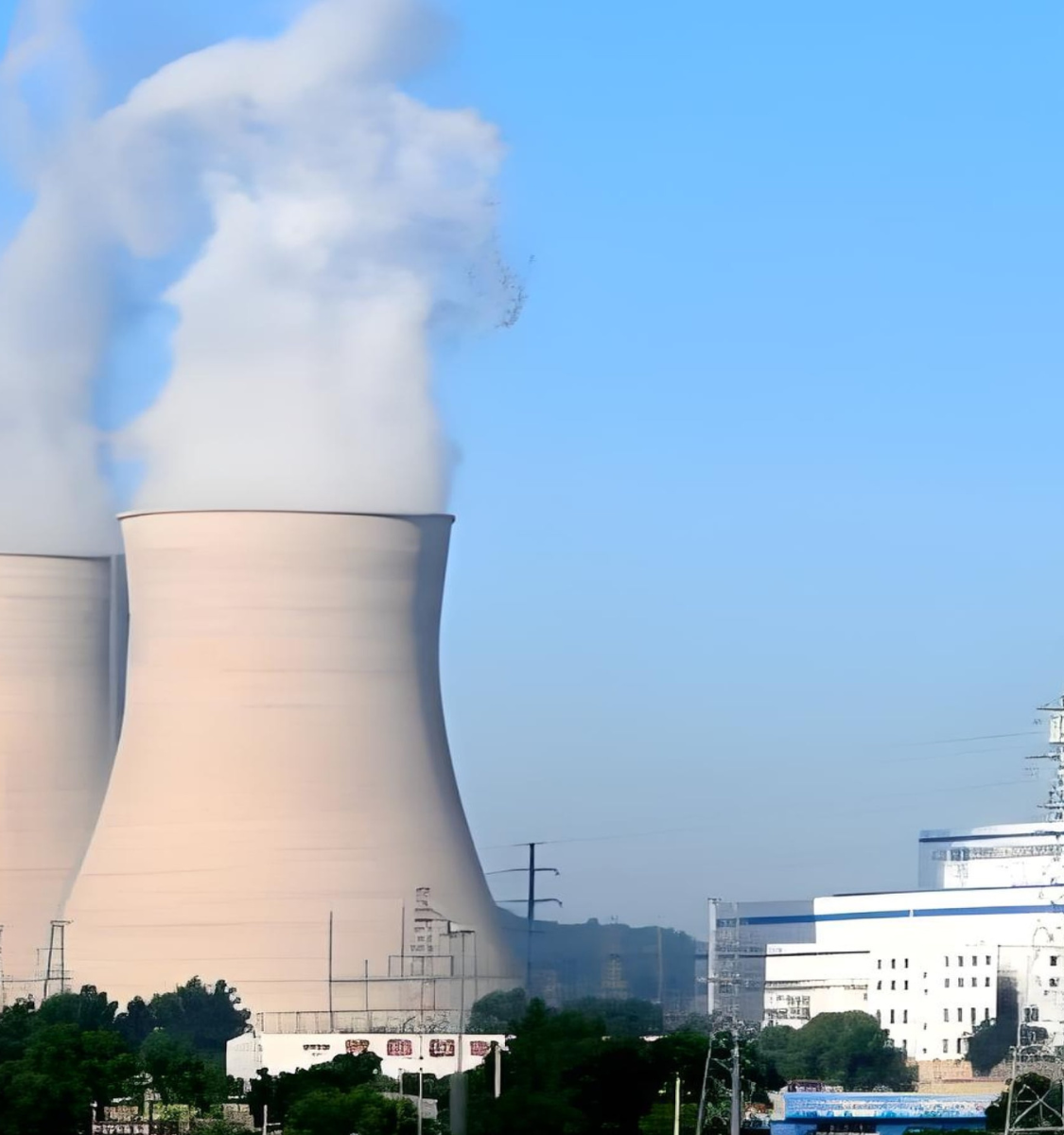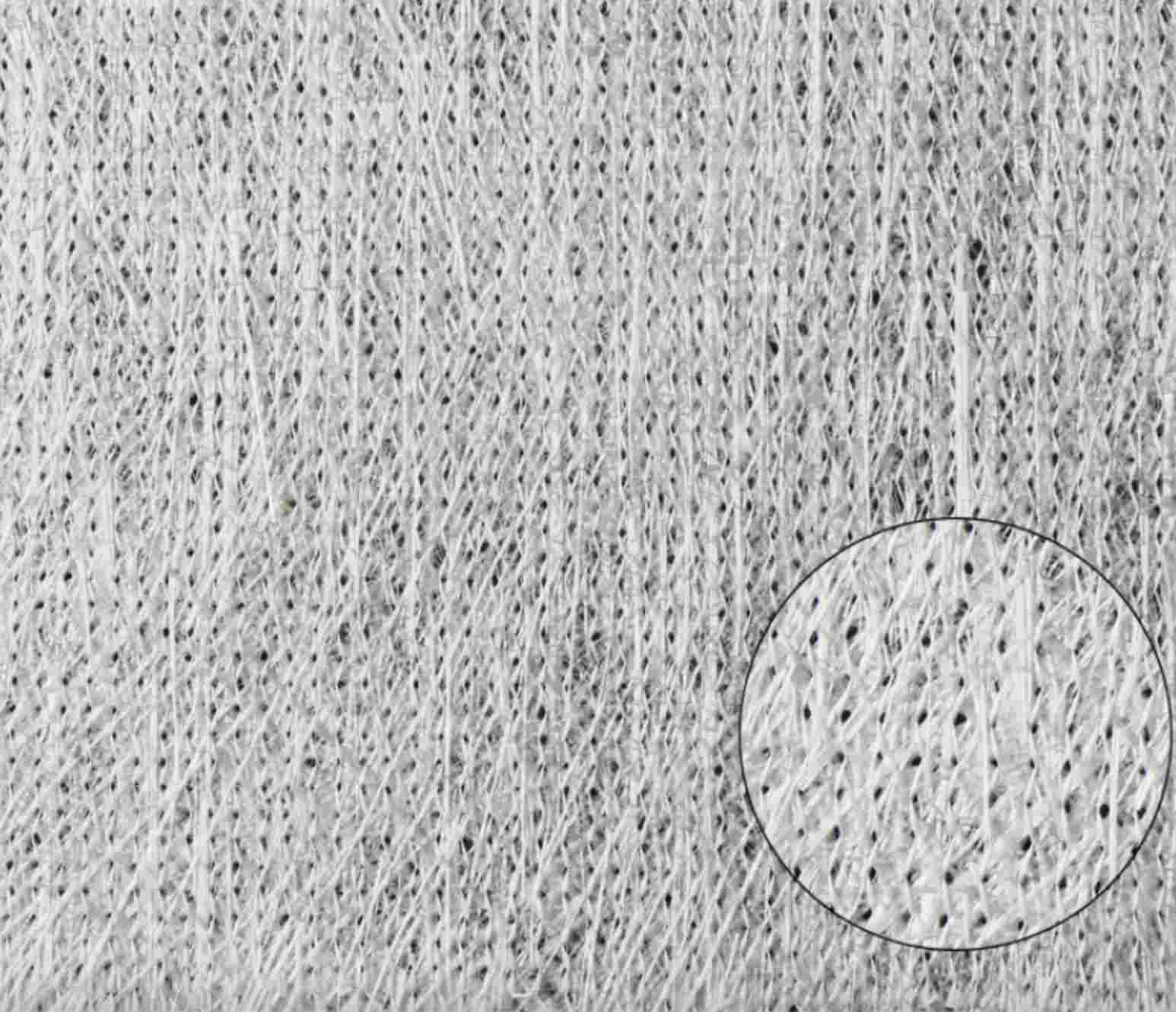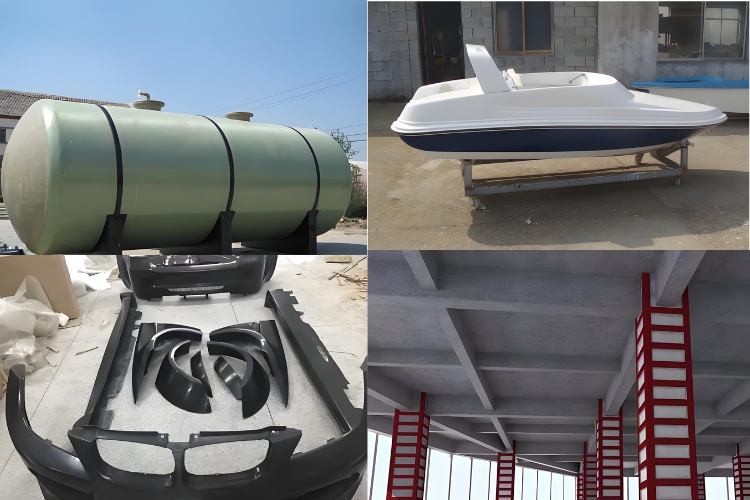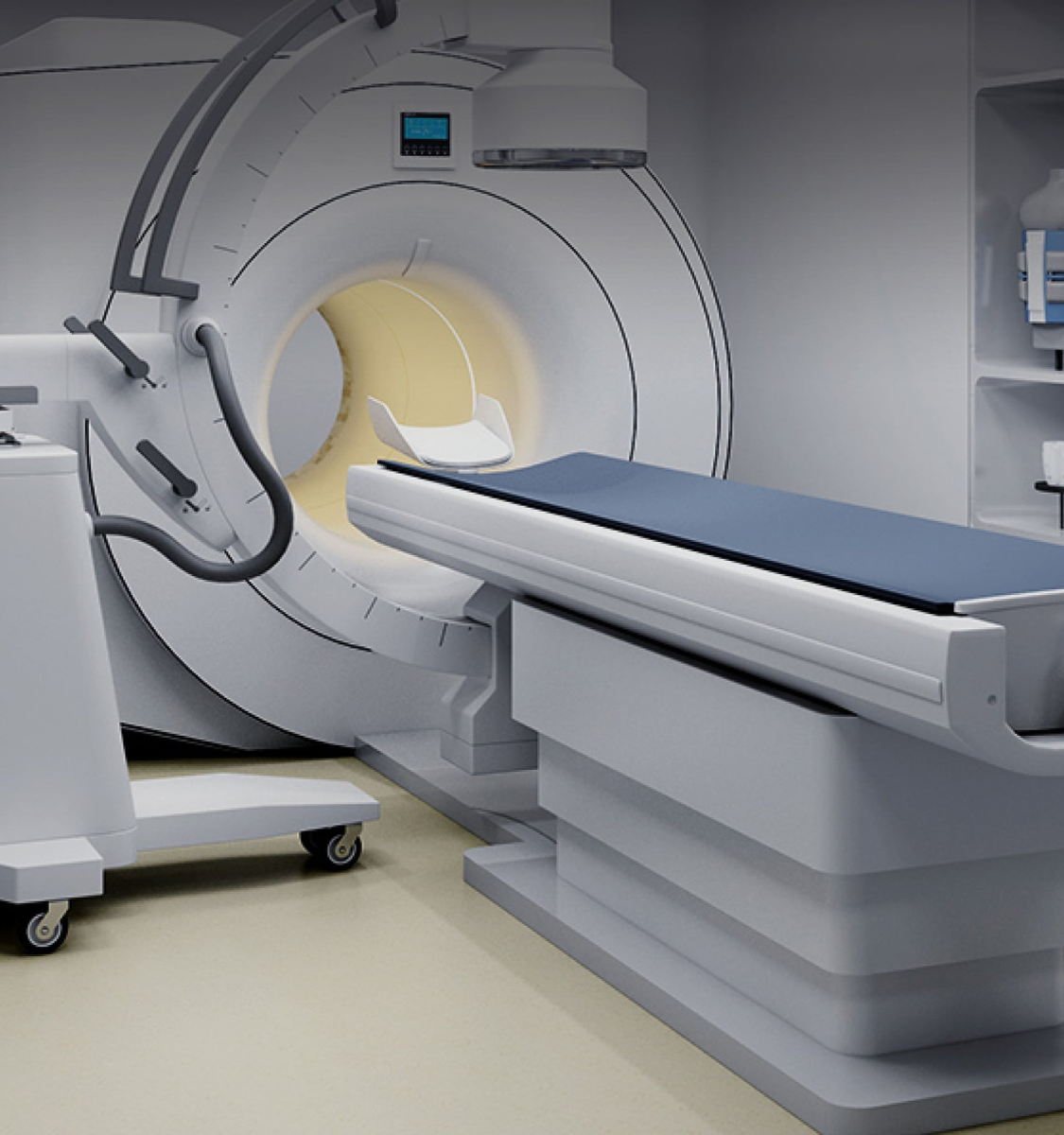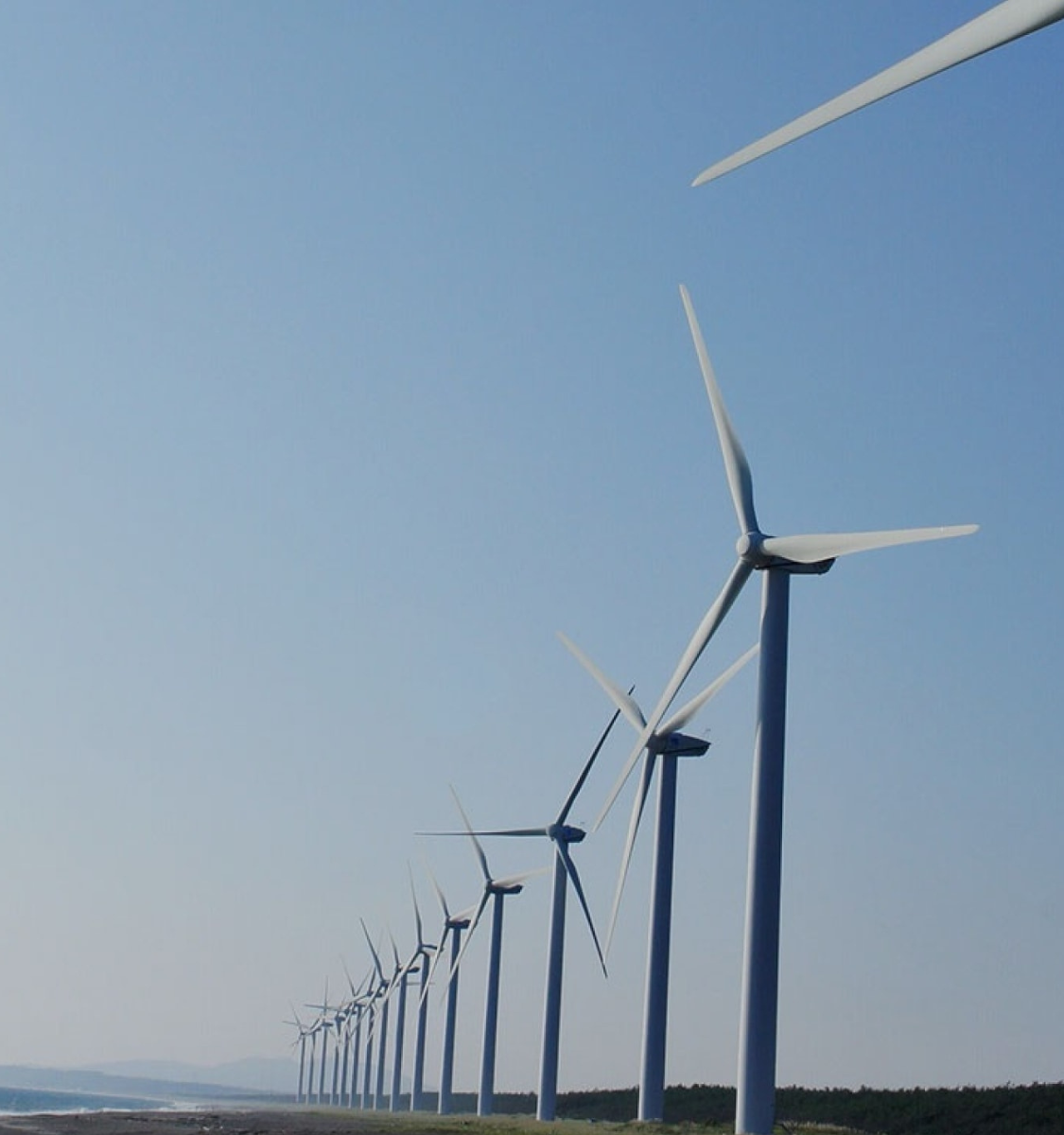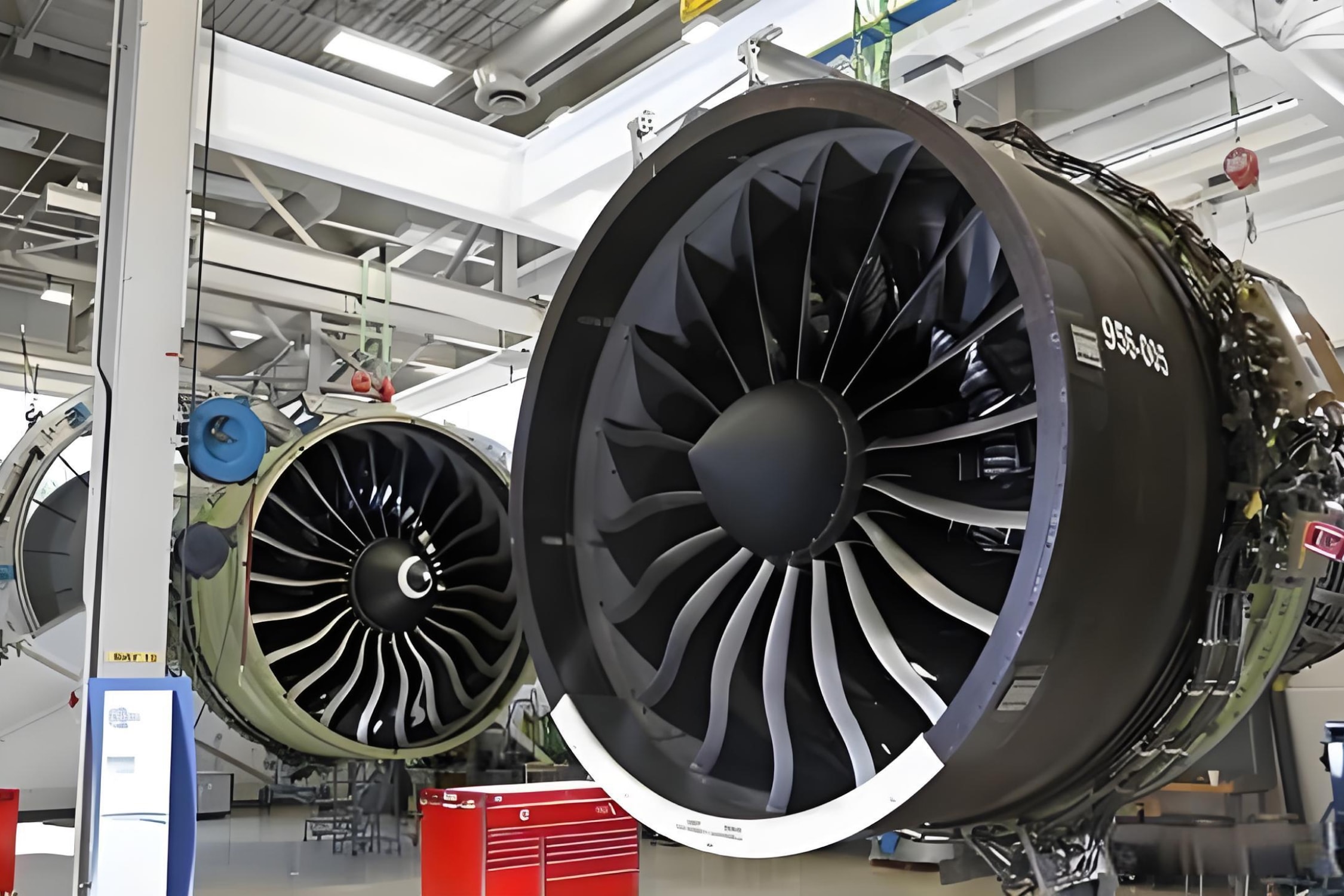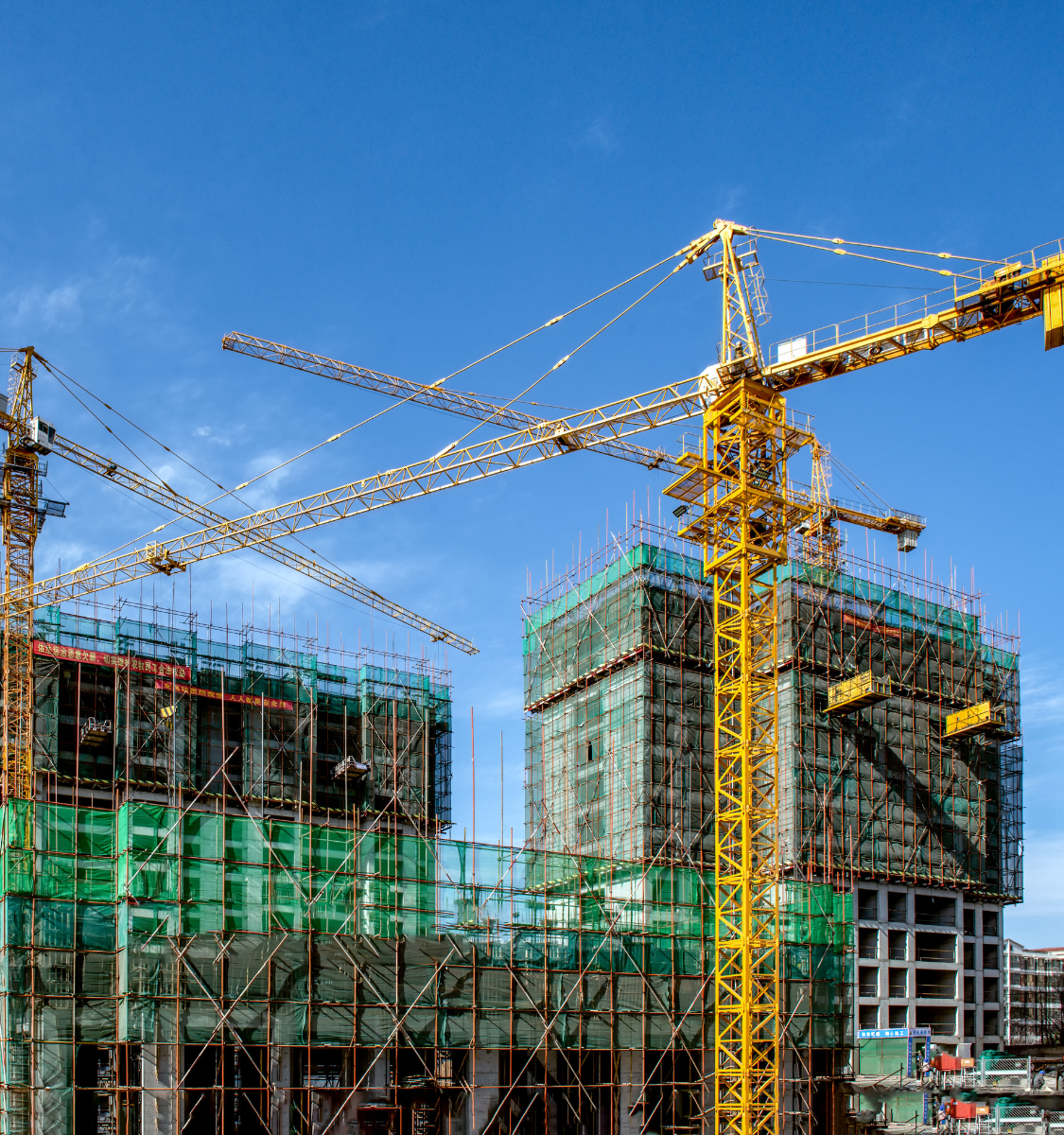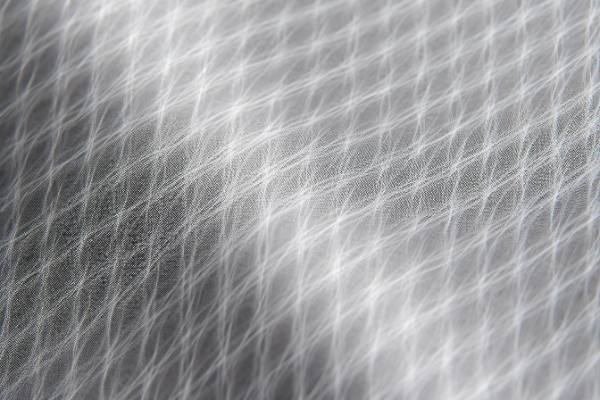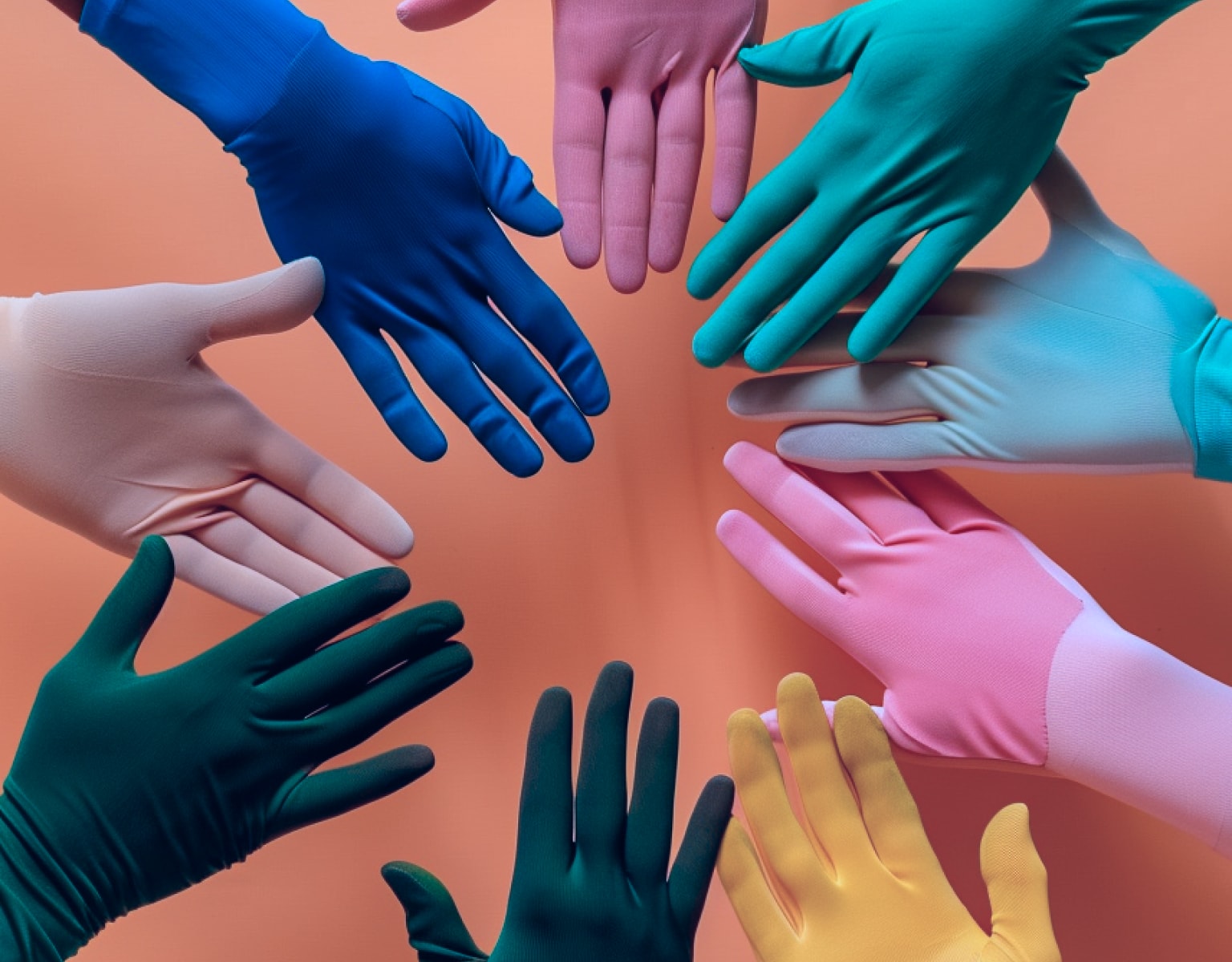+86-13732282311
merlin@xcellentcomposites.com
Let the world benefit from composite materials!
A Deep Dive into Aramid Fiber Composites
Discover Aramid Fiber Composites’ unique properties, including high strength-to-weight ratios and thermal resistance. Dive into their diverse applications across industries such as aerospace, automotive, and protective gear, and uncover emerging trends that are shaping the future of aramid materials.
Introduction
In recent years, the demand for advanced materials in various industries has spurred significant developments in composite technologies. Among these, aramid fiber composites have emerged as a formidable player, known for their exceptional strength-to-weight ratio, thermal stability, and resilience. This blog will explore aramid fiber composites in-depth, examining their properties, manufacturing processes, applications, and future trends. We will also delve into the specific attributes of aramid materials that make them a preferred choice across many sectors.
What are Aramid Fiber Composites?
Aramid fiber composites are materials composed of aramid fibers, a type of synthetic fiber renowned for its high tensile strength and durability. The term "aramid" derives from "aromatic polyamide," which signifies its chemical structure. Aramid materials, such as Kevlar and Nomex, are engineered to endure extreme conditions, making them ideal for diverse applications ranging from aerospace and automotive to protective gear and sporting goods.
Key Properties of Aramid Fiber Composites:
- High Strength-to-Weight Ratio: Aramid fibers exhibit remarkable strength while being significantly lighter than traditional materials like steel or aluminum. This characteristic makes them particularly advantageous in applications where reducing weight is critical, such as in aerospace and automotive components, where every ounce counts in terms of performance and fuel efficiency.
- Thermal Resistance: One of the standout features of aramid materials is their ability to withstand high temperatures. Aramid fibers can maintain their integrity in extreme thermal environments, making them suitable for applications where heat resistance is essential, such as in aerospace insulation and engine components.
- Chemical Resistance: Aramid composites resist degradation from a variety of chemicals, including oils, solvents, and acids. This chemical resistance enhances their longevity and performance in challenging environments, ensuring that they remain effective over time and under various operating conditions.
- Low Shrinkage: Aramid fibers exhibit minimal shrinkage during processing, contributing to enhanced dimensional stability. This property is crucial in applications requiring precise tolerances and consistent performance, as it helps maintain the integrity of the composite structure throughout its lifecycle.
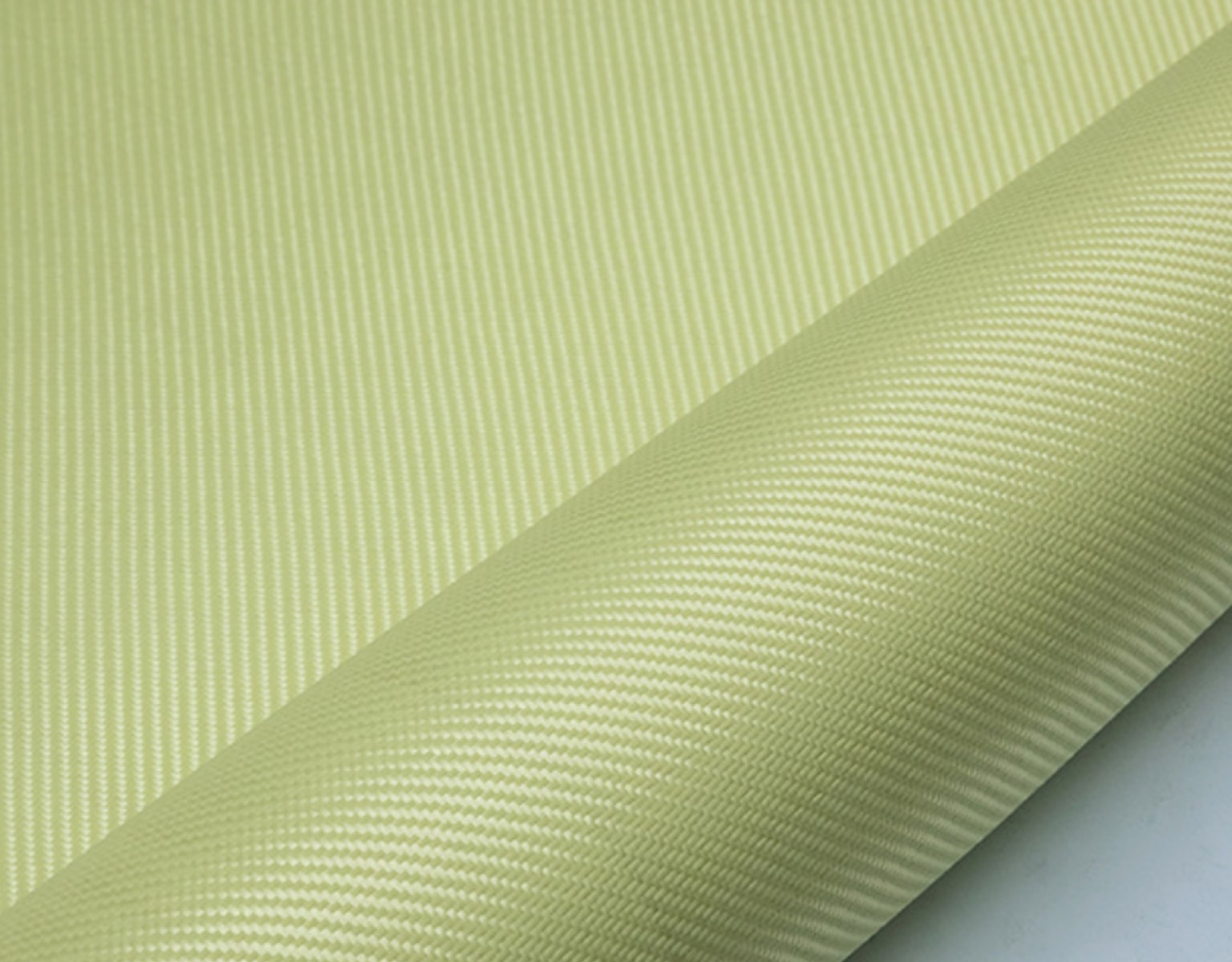
Manufacturing Processes
The production of aramid fiber composites involves several key steps, including fiber production, composite fabrication, and finishing. Each stage plays a crucial role in determining the final properties and performance of the composite materials.
1. Fiber Production: The production of aramid fibers begins with polyamide precursors, which undergo a polymerization process to create high-performance fibers. This step involves the synthesis of the aramid polymer, followed by spinning the fibers into filaments. The fibers are then treated to enhance their strength, thermal stability, and other desirable properties. The manufacturing process can be highly controlled to achieve specific characteristics suited to various applications.
2. Composite Fabrication: Aramid fibers are combined with resin systems to create composite materials. The most common methods for fabricating aramid fiber composites include:
Hand Lay-Up: This traditional technique involves layering aramid fibers with resin by hand. While it allows for intricate shapes and designs, it can be labor-intensive and may result in variability in quality.
Vacuum Bagging: This process involves placing the composite layup in a vacuum bag, removing air and excess resin. The application of vacuum pressure ensures a denser, more uniform composite structure, enhancing the mechanical properties of the final product.
Resin Transfer Molding (RTM): In RTM, resin is injected into a closed mold containing the aramid fibers. This method allows for better control over resin distribution and minimizes the risk of air entrapment, resulting in improved performance and consistency.
3. Finishing: After the fabrication process, the composites may undergo additional treatments to achieve the desired final properties and appearance. This could involve surface coating for enhanced durability, machining to achieve specific dimensions, or surface treatments to improve adhesion with other materials. The finishing process is critical to ensuring that the composite meets all functional requirements.
Applications of Aramid Fiber Composites
The unique properties of aramid fiber composites make them suitable for a wide range of applications across various industries. Their versatility and robustness allow them to perform effectively in demanding environments.
-
- Aerospace Industry: Aramid composites are widely used in aircraft components due to their lightweight nature and high strength. The aerospace sector benefits from these materials in several areas, including wing structures, fuselage panels, and insulation components. The reduction in weight achieved by using aramid composites contributes to improved fuel efficiency and overall aircraft performance. Furthermore, their thermal and chemical resistance ensures reliability in high-stress environments, where safety is paramount.
- Automotive Sector: In the automotive industry, aramid fiber composites are increasingly employed in body panels, safety components, and structural parts. The ability of these composites to absorb impact energy makes them invaluable in crash protection, enhancing passenger safety. Additionally, as automotive manufacturers aim for lighter vehicles to improve fuel efficiency and reduce emissions, aramid composites provide a practical solution without compromising structural integrity. Innovative applications of aramid fabric are emerging in the automotive industry, particularly in the development of lightweight yet strong composite materials for vehicle construction.
- Protective Gear: The use of aramid fibers in personal protective equipment (PPE) is well-established. Bulletproof vests, helmets, and cut-resistant gloves benefit from the strength and flexibility of aramid materials. These protective garments are designed to absorb and disperse impact energy, offering life-saving protection to law enforcement, military personnel, and workers in hazardous environments. The lightweight nature of aramid composites also ensures that these protective gear options remain comfortable for extended wear.
- Sports Equipment: Aramid composites are utilized in the production of high-performance sports equipment, including bicycles, tennis rackets, and fishing rods. Their durability and lightweight properties provide athletes with gear that can withstand the rigors of intense use while enhancing performance. For instance, in cycling, aramid composite frames can reduce overall bike weight without sacrificing strength, allowing for better speed and maneuverability.
- Marine Applications: In the marine industry, aramid fiber composites are employed in boat hulls, structural components, and rigging. Their resistance to water, corrosion, and harsh environmental conditions makes them an excellent choice for marine applications, where longevity and performance are critical. The use of aramid composites in sailboats and powerboats helps reduce overall weight, improving speed and fuel efficiency while ensuring durability in demanding conditions.
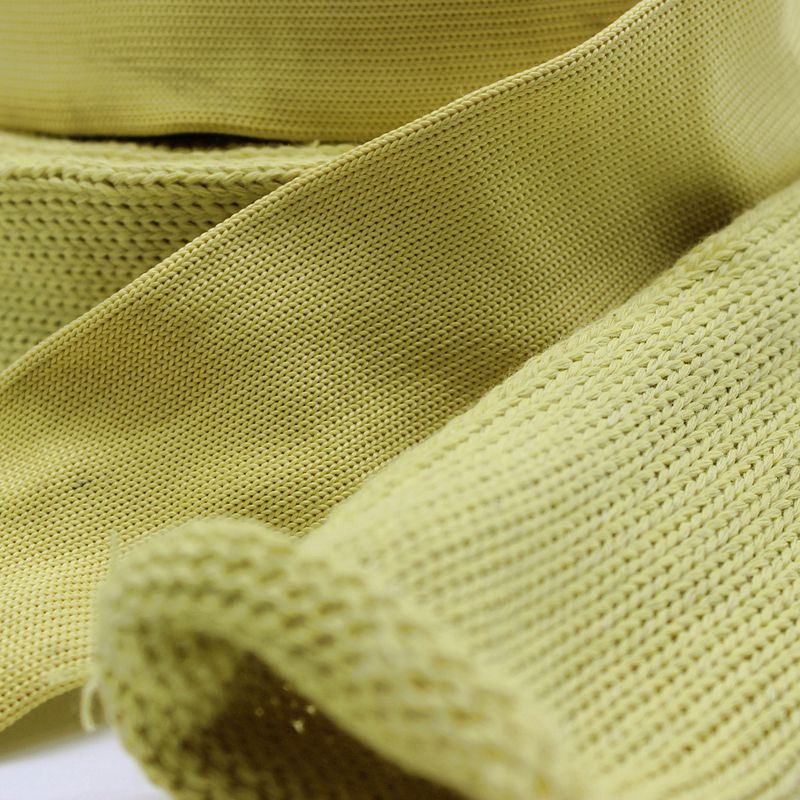
Future Trends in Aramid Fiber Composites
As technology continues to advance, several trends are emerging in the field of aramid fiber composites, shaping their future applications and market presence.
- Recycling and Sustainability: With increasing environmental awareness, the push for sustainable materials is leading to research on recycling aramid composites. The development of methods to reclaim and reuse aramid materials can significantly reduce waste and environmental impact. Innovations in material recovery and reuse processes will likely shape future applications, making aramid composites more environmentally friendly and appealing to eco-conscious consumers.
- Nanotechnology Integration: The incorporation of nanomaterials into aramid composites is expected to enhance their properties further. Nanotechnology can lead to lighter, stronger, and more resilient materials with improved impact resistance, thermal stability, and durability. This integration could revolutionize various industries, allowing for more advanced applications and performance enhancements.
- Smart Composites: The development of smart aramid fiber composites that can respond to environmental changes—such as temperature, pressure, or strain—is on the horizon. These materials could revolutionize industries like aerospace and automotive by enhancing performance and safety. For instance, smart composites could adapt to changes in temperature to provide better thermal protection or alter their mechanical properties based on load conditions.
- Increased Automation: Advances in manufacturing technologies, including automation and 3D printing, will likely streamline the production of aramid composites. Automation can reduce production times and costs while increasing precision and consistency in manufacturing. Additionally, 3D printing offers the possibility of creating complex geometries and customized solutions, paving the way for innovative applications.
Conclusion
Aramid fiber composites represent a remarkable achievement in material science, combining strength, durability, and versatility. As industries continue to seek innovative solutions for weight reduction, thermal resistance, and overall performance, the significance of aramid materials will only grow. By understanding the properties, manufacturing processes, and applications of aramid fiber composites, stakeholders can leverage their potential to create advanced products that meet the demands of the future.
Whether in aerospace, automotive, or protective gear, aramid fiber composites are poised to play a crucial role in shaping the materials of tomorrow. The exploration of aramid fiber composites is just beginning, and as research and technology evolve, we can anticipate even more groundbreaking developments in this exciting field. The continued innovation in aramid composites will undoubtedly lead to enhanced performance across various sectors, ultimately benefiting consumers and industries alike.
Popular Composite Materials
Popular Composite Materials
Composites Knowledge Hub
Composites Knowledge Hub

